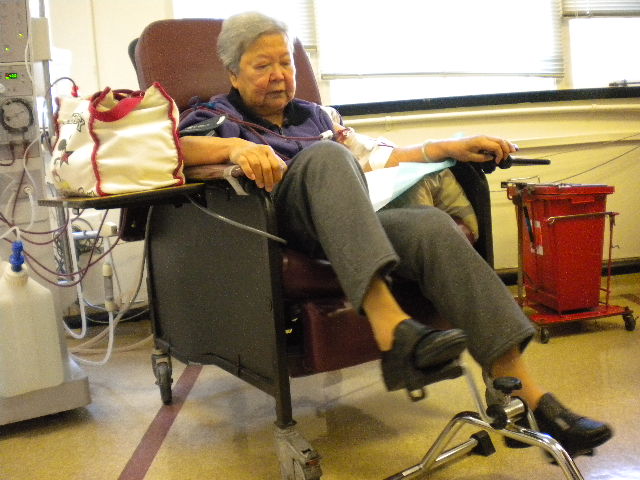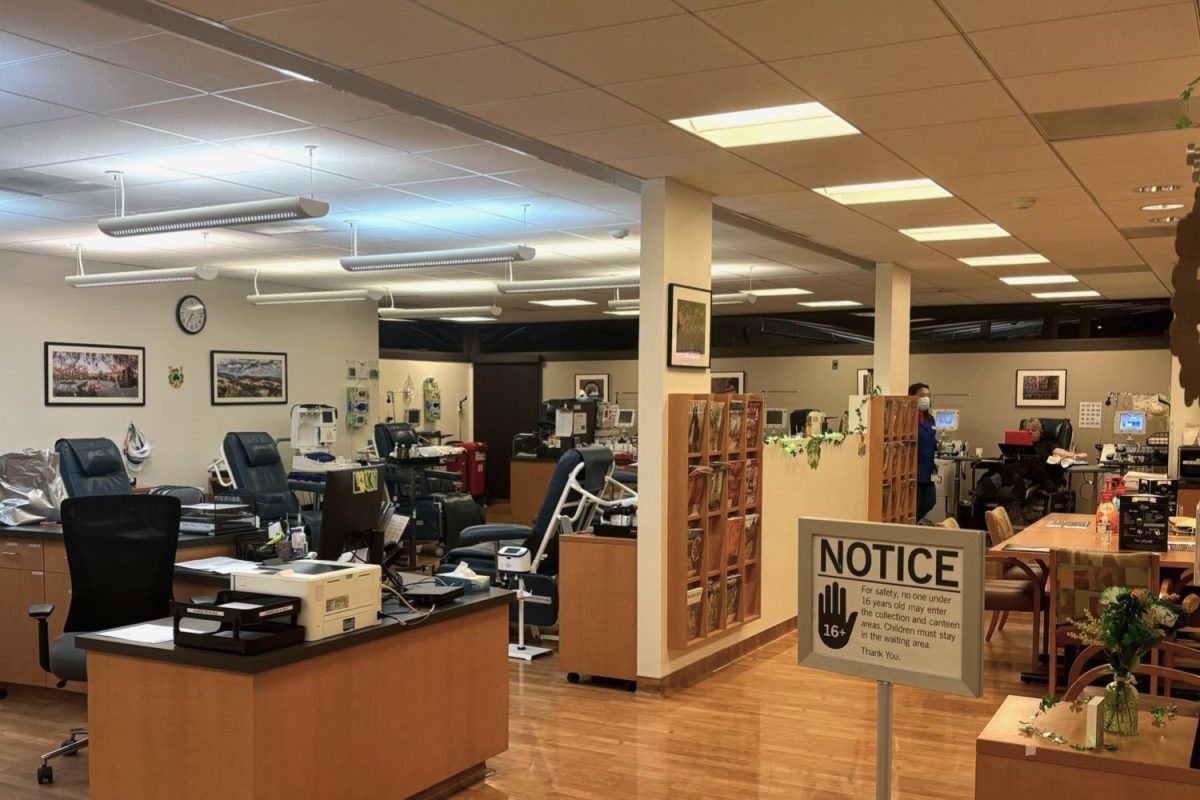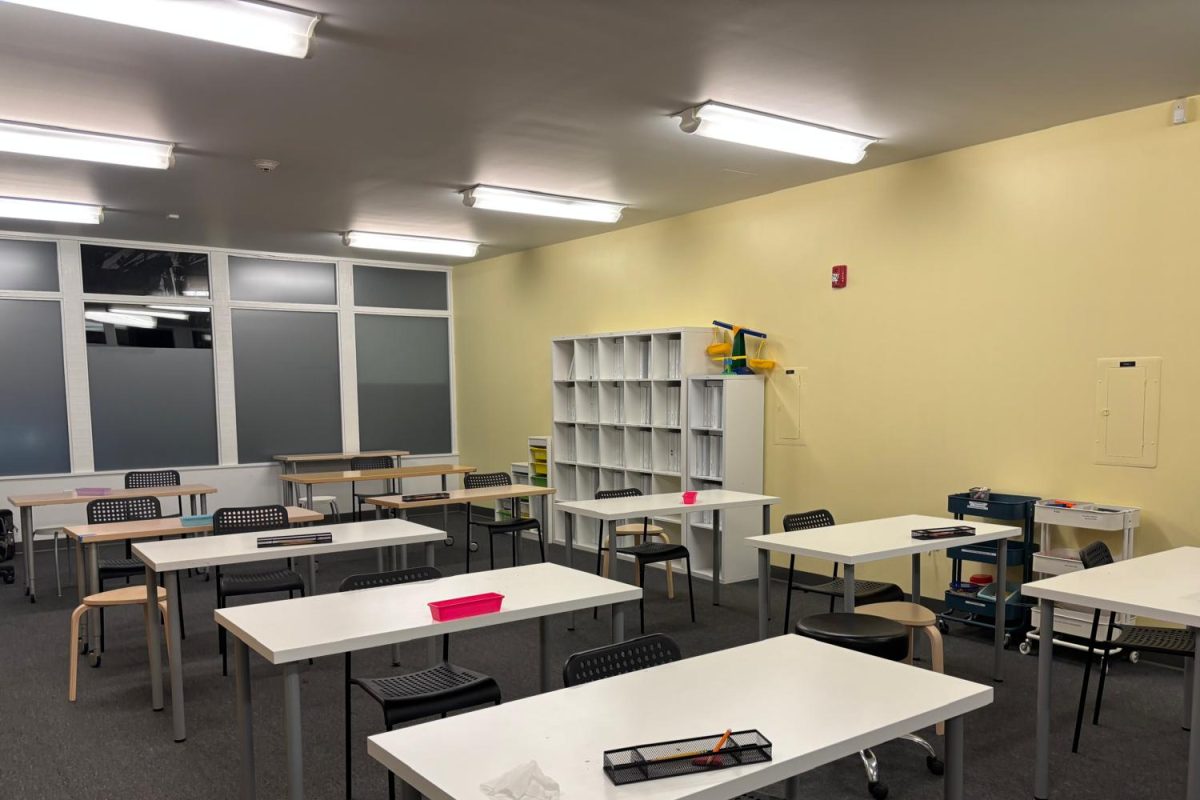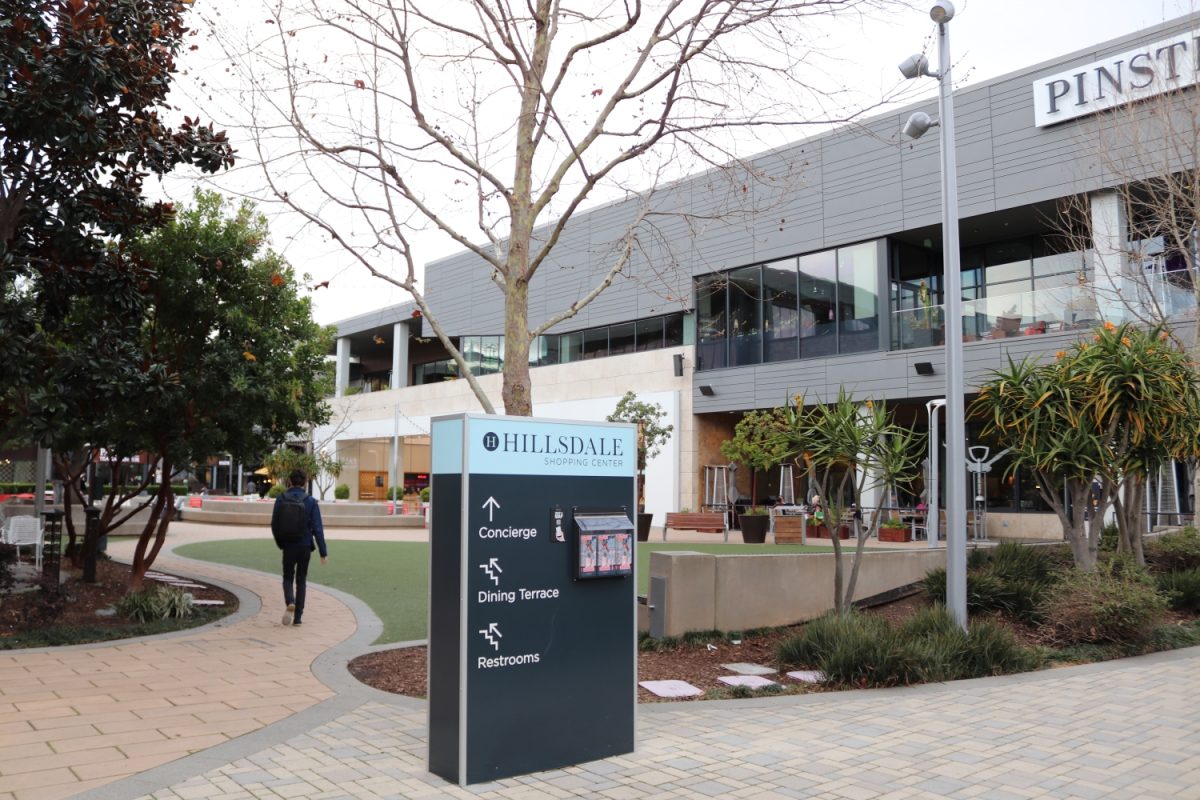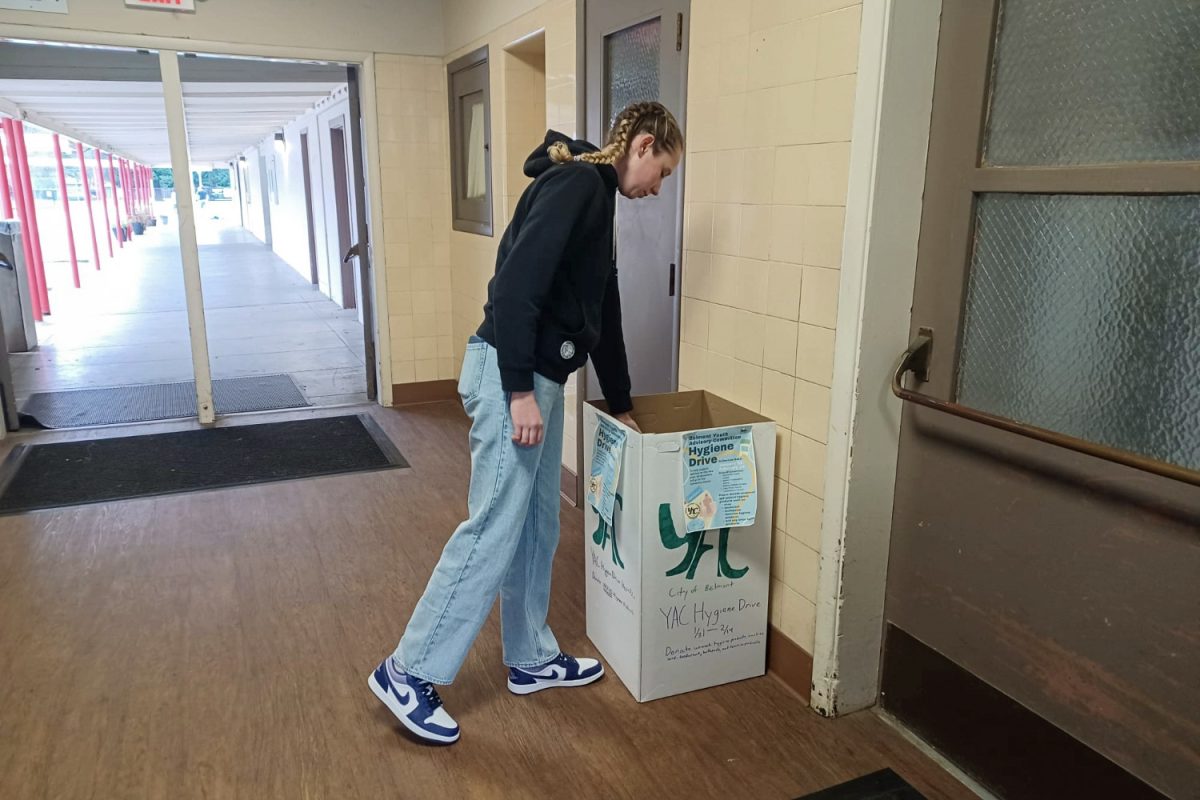COVID-19 has impacted patients with chronic illnesses in many different ways. Specifically, its impact on patients with kidney failure has been profound.
Dialysis or Renal Replacement Therapy removes liquids, toxins, and waste products from the blood using a dialysis machine. The kidneys normally conduct this process, but a variety of medical conditions can cause them to fail. Patients with advanced kidney failure need some form of dialysis as life-sustaining treatment.
According to the United States Renal Data System (USRDS), 746,557 Americans had kidney failure and needed dialysis or a kidney transplant to survive in 2017. Nearly 500,000 of those patients received dialysis at least three times per week for several hours at a time.
These clinics are set up to have as many as 30-40 patients at a time to give more people access to life-saving treatment. However, COVID-19 has made it unsafe for patients to seek treatment.
Rafael Hidalgo, a 51-year-old dialysis patient, said, “I am thankful for all the nurses and doctors, but I have [kidney failure], heart disease, and lung disease. I need many treatments, and getting the dialysis is the least safe one.”
People undergoing dialysis treatment are some of the highest-risk patients in America. Patients often have many other health conditions that result in poor outcomes when infected with COVID-19.
Many precautions are put in place in dialysis clinics, including the use of masks, face shields, gowns, and gloves. All staff and patients are required to follow strict guidelines to prevent COVID-19 infections.
But, even with the precautions, outbreaks have occurred at dialysis centers. The largest outbreaks sprung up in the midwest and southern parts of the United States.
“It’s scary. Most of the people and nurses still wear the masks, but there are a bunch of us older people in a room together,” Stephanie Tupou, a 61-year-old dialysis patient, said. “We could all easily die.”
Many other patients feel the same way. Decreasing the community spread of coronavirus will protect at-risk patients, but this requires individuals to follow the Centers for Disease Control and Prevention (CDC) recommended guidelines.
Kendra Phillips, a 72-year-old dialysis patient from San Francisco, said, “The people at the dialysis are doing their best, but I would feel safer if all people cared about us at-risk people.”
California as a whole is facing a large spike in COVID-19 cases, and most Bay Area counties are issuing a higher threat level. Although most patients survive the virus, those who don’t are people like the patients at dialysis clinics.
“I am actually more scared for my life now than in the spring,” Phillips said.


